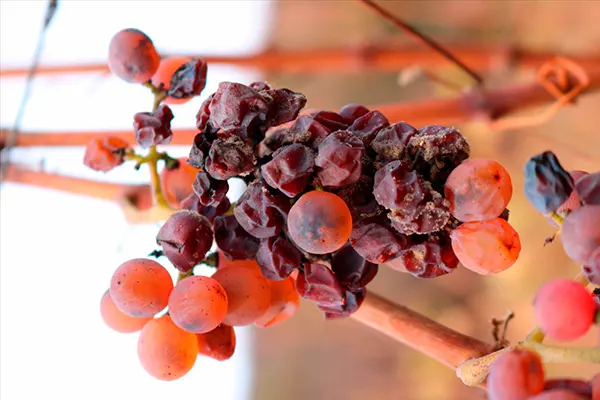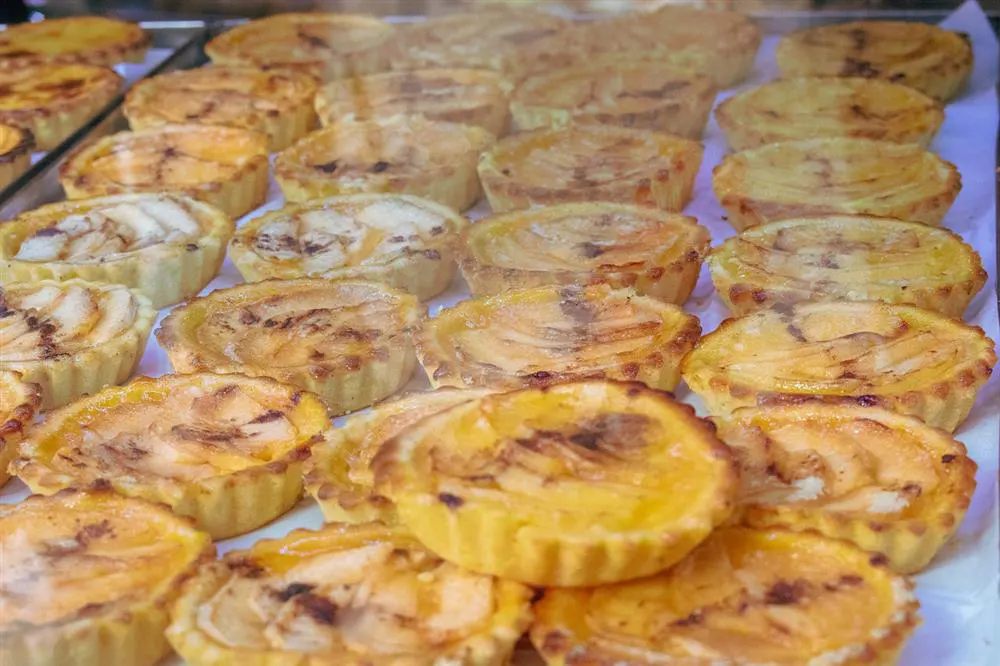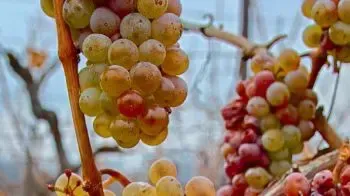Late Harvest wine is produced with grapes harvested later than normal, almost transformed into raisins on the vine. Basically, it is a kind of fungus that covers the skin of the grapes and develops more in humid climates, which makes the grapes to concentrate their flavor even more and to become dehydrated. This wine depends entirely on this process to have the high sugar content that is so characteristic.
History of the Late Harvest wine
In the 18th century, in the city of Fulda in Germany, wine producers in the principality were required to have a permit before harvesting the grapes for each harvest. In 1775, the knight who was sent to obtain authorization was delayed and when the authorization arrived the grapes were already too ripe. The monks at the time had no choice but to harvest the grapes and vinify them to see what the result would be. The result was successful and the process of winemaking with late harvested grapes began.
Characteristics of some Late Harvest wines
- Icewine – It is a white, sweet and concentrated wine, with an excellent balance between sugar and acidity. It is a wine that was produced accidentally in Germany, having been valued for its concentration and complex aromatic notes. It results from a late harvest, and follows strict rules: the grapes are harvested by hand, before 10 am, being pressed in this cold state and the temperature can never rise from minus eight degrees.
- Botrytizados – It is a process that consists of rotting the grape, due to the natural attack carried out by the fungus Botrytis cinerea. The attack of the fungus causes dehydration of the grape, which causes a high level of sugar and acids.

Image: Cantina Tramin
Durability of the Late Harvest wine
These are wines that, after being opened, last for about 3 to 5 days. They last longer than a normal table wine, but less than a fortified.
Grape varieties used in Late Harvest wine
Late Harvest wine is made from very ripe grapes and mainly white grape varieties, the most used of which are: Riesling, Sauvignon Blanc, Sémillon, Furmint and Gewürztraminer.
Ideal temperature for drinking Late Harvest wine
Late Harvest wines should be drunk fresh, between 10 to 12ºC.
Pairing with food
They combine very well with desserts based on milk and eggs, such as puddings, crème brûlée, custard tarts, among others.
If we are talking about a Botrytizado, the ideal is to combine it with bitter desserts, such as rum candies and dishes that are not so sugary.

Image: fortreisen.com
 Portugal
Portugal Spain
Spain France
France Germany
Germany United Kingdom
United Kingdom Monaco
Monaco



